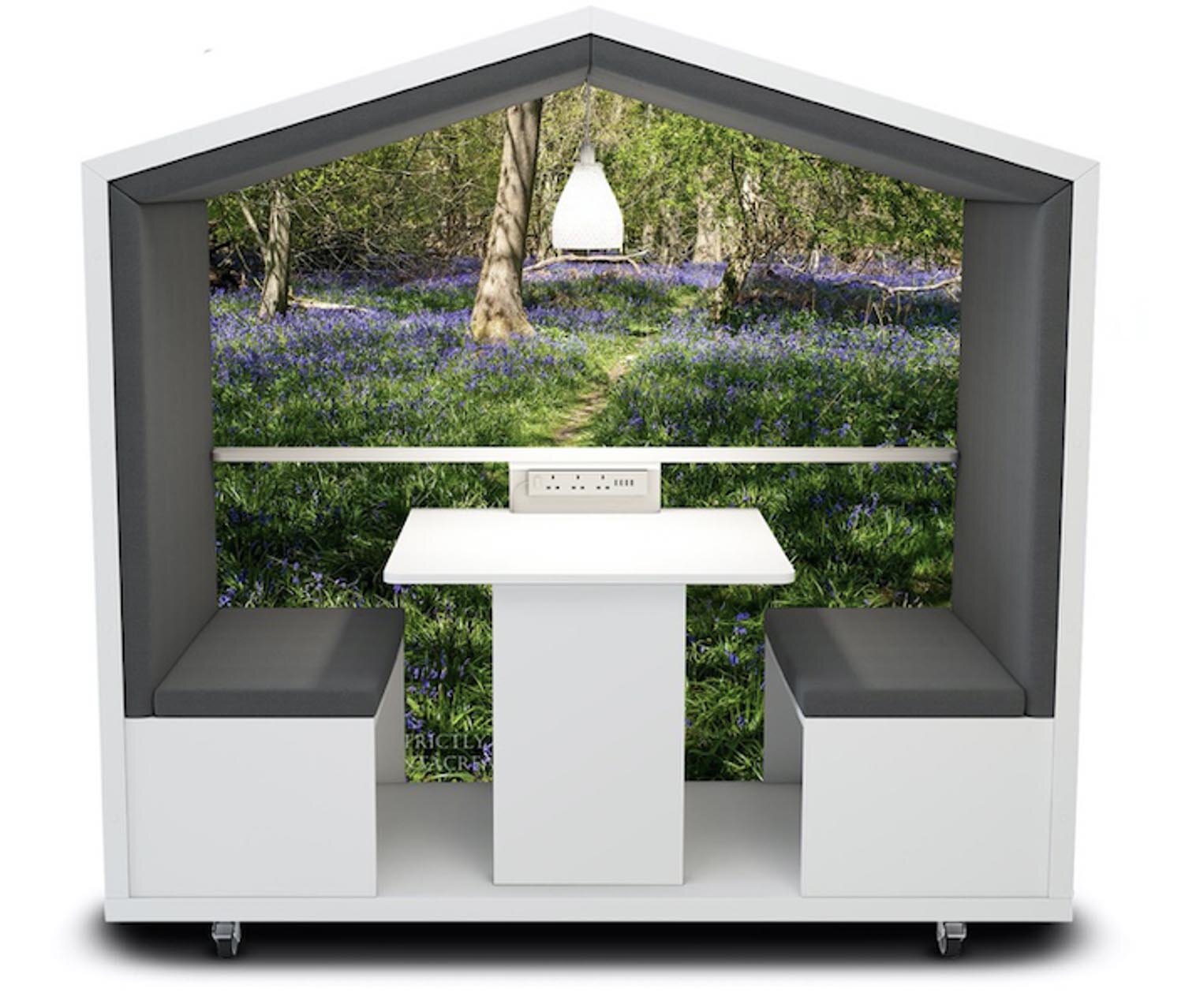As National Plants at Work week comes to a close, we celebrate all things plants in this great interview with ambassador and passionate interior and exterior planting designer, Ian Drummond. Plants at Work week takes place once a year, and aims to promote the many benefits of having plants in the workplace and in the past the designers for Plants at Work week have decorated all kinds of things from a Thames Clipper to a London black cab.
In this really passionate interview, be inspired and learn which plants are good where, why we need plants at every stage of our lives. Ian has worked with so many really interesting people, including Elton John, Chelsea Flower Show, BAFTA, London Fashion Week, I left the interview feeling ‘what a cool job he’s got’. Seriously, if you are thinking of working with plants, have a listen to this podcast or share with someone who is considering a career in plants, you’ll definitely leave the podcast impassioned too.
Ian started his passion for plants at a young age. He grew up in a council estate surrounded by concrete. One of his family gave him a house plant and it grew from there. One of the most powerful things he said, was how wonderful it would be if there was an opportunity for everyone to have living nature around them, if all communal spaces had a green oasis for everyone to spend time in. You don’t need a big investment, we need to open up our minds as to what’s important, developers and architects need to consider “green”. Not everyone can get outside, so bring the outside in, let’s fill schools, classrooms with plants. It should be an automatic thing, we should grow up surrounded by plants.
He shares with us how we can create “shelfies”, why Vanda Orchids are terrific, why we need Monsteras and how Zamioculcas are hard to kill! So some tips there for newbies to planting! His new book “At Home with Plants” shares ideas for what to plant in every room in the house. As he says, and I agree (!), every room should have plants!




















